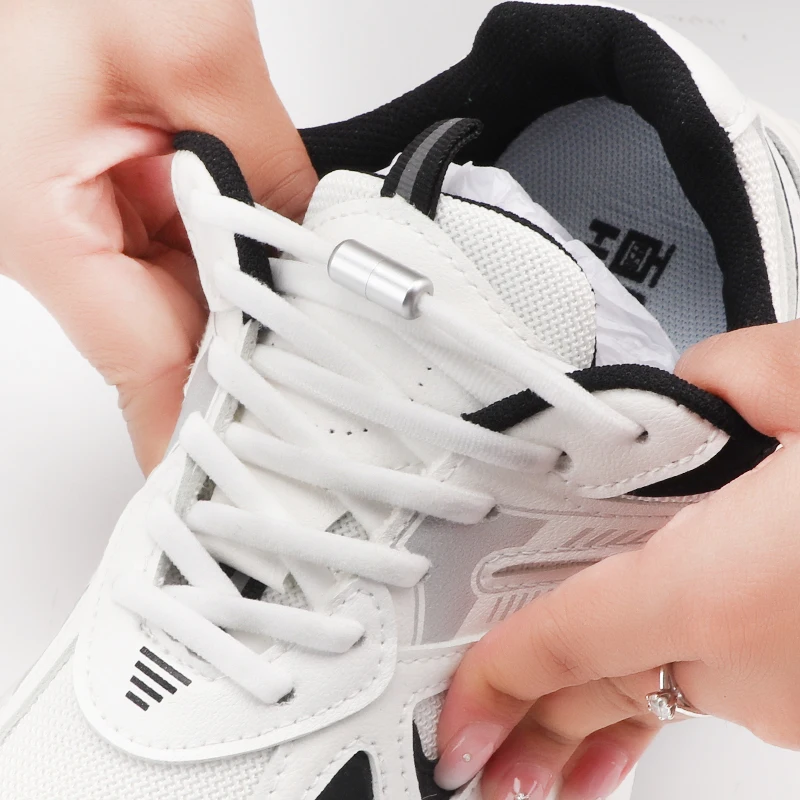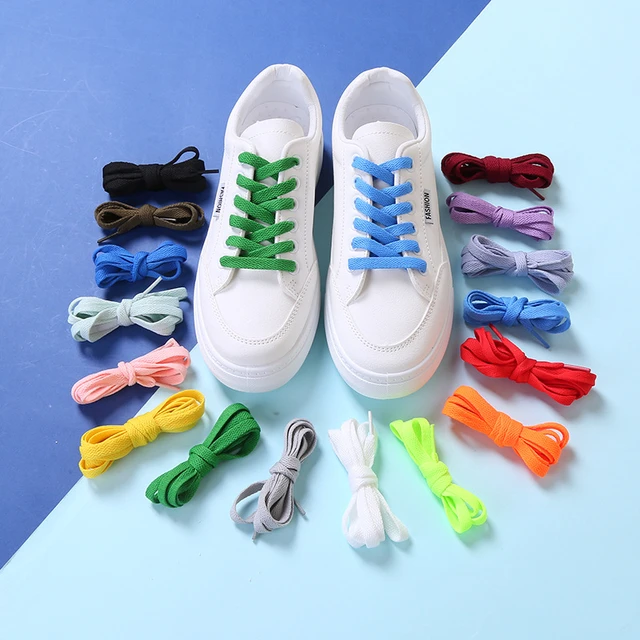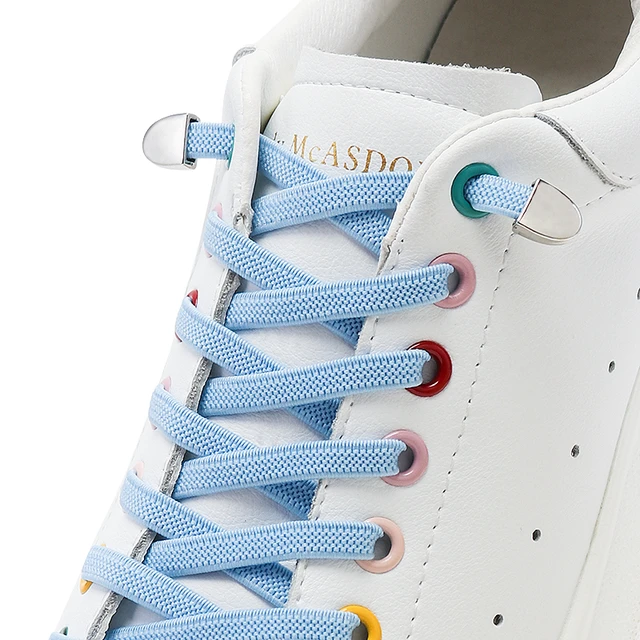When it comes to cleaning, many people overlook the necessity of maintaining their shoelaces. While the sneakers or shoes may get all the attention, the condition of the shoelaces can significantly affect the overall appearance of your footwear. Not only do dirt and grime accumulate over time, but shoelaces can also become discolored, which detracts from their appeal. This is where bleaching shoelaces comes into play.
Bleaching shoelaces is a practical solution for individuals looking to restore the bright white hue of their laces, effectively enhancing the aesthetic appeal of their favorite pair of shoes. In this article, we will delve into methods of bleaching shoelaces, safety considerations, alternatives to bleaching, and tips for maintaining clean shoelaces.
The Importance of Clean Shoelaces
Why Shoelaces Matter
Shoelaces are a functional aspect of footwear, but their appearance also contributes significantly to the overall look of the shoe. Clean, bright shoelaces can make even an older pair of sneakers look fresh and modern. Conversely, dirty or dingy laces can bring down the entire vibe of an outfit.
Setting the Standard
Shoelaces can also present a standard for cleanliness that extends beyond just footwear. When individuals take the time to care for their shoelaces, it reflects a sense of personal grooming and aesthetics that resonates in other parts of their lives as well. This can be as mundane as the desire to look put-together or as profound as a way of expressing one’s personality.
Types of Shoelaces and Materials
Before diving into the process of bleaching shoelaces, it’s essential to understand the different types of shoelaces that exist on the market today. Not all shoelaces can handle the same cleaning agents, especially bleach.
Cotton Shoelaces
Cotton shoelaces are among the most common. They tend to absorb moisture and can become stained easily, making them prime candidates for bleaching. However, this also means they need to be treated with care during the cleaning process.
Synthetic Shoelaces
Synthetic shoelaces are made from materials like polyester or nylon. While these materials are often more resistant to staining, they can be more susceptible to damage from harsh chemicals, including bleach.
Special Types
You may also encounter specialty shoelaces, such as reflective or elastic varieties. Reflective shoelaces contain reflective materials that can give a shoe a unique look but cleaning them with bleach can damage the reflective properties.
Preparing for the Bleaching Process
Safety First
Before you begin bleaching shoelaces, you must consider safety. Always wear gloves to protect your hands from irritation caused by bleach. Additionally, working in a well-ventilated area is key to avoid inhaling any harmful fumes.
Gather Your Materials
You will need a few essential items to effectively bleach your shoelaces:
- Bleach: Make sure to have regular household bleach, usually sodium hypochlorite.
- Water: You will need clean water to dilute the bleach.
- Container: A bowl or bucket that can hold the bleach solution.
- Gloves: To protect your skin.
- Old Toothbrush or Soft Brush: For scrubbing any stubborn stains.
- Measuring Cup: For measuring the correct amount of bleach and water.
Once you have all your materials ready, you’re set to start the bleaching process.
The Bleaching Process
Step-by-Step Instructions
1. Remove Shoelaces
Start by taking the shoelaces out of your shoes to avoid getting bleach on any other materials.
2. Prepare the Bleach Solution
In a well-ventilated area, mix one part bleach with five parts water in your container. This ratio will help dilute the bleach and lessen the risk of damage.
3. Soak the Shoelaces
Submerge the shoelaces in the mixture, ensuring they are entirely coated. Allow them to soak for about 5-10 minutes. Keep in mind that soaking for too long can weaken the fabric.
4. Check for Stains
After the soaking period, check the shoelaces for any persistent stains. If spots remain, use an old toothbrush or soft brush to gently scrub the stains. Rinse the laces in clean water afterward.
5. Rinse Thoroughly
Make sure to rinse the shoelaces thoroughly under clean running water to remove any residual bleach, which could damage the fibers if left on.
6. Dry the Shoelaces
Lay your shoelaces flat on a towel to dry, or hang them in a well-ventilated area. Avoid exposing them to direct sunlight, as this can cause fading.
Safety Concerns and Precautions
Read the Labels
Before using any cleaning products, it’s essential to read the labels carefully, particularly if you have synthetic or specialty shoelaces. Some materials may react poorly to bleach, leading to discoloration or damage.
Ventilation is Key
Always work in a well-ventilated area, preferably outdoors. If using bleach indoors, open windows and doors to allow for better air circulation.
Keep Away from Children and Pets
When working with bleach, make sure to keep it out of reach of children and pets. Accidental exposure can be harmful.
Allergic Reactions
Some individuals may experience allergic reactions to bleach or other chemicals. If you notice any irritation, discontinue use and consult a medical professional.
 Alternatives to Bleaching
Alternatives to Bleaching
Natural Solutions
If you prefer to avoid the use of harsh chemicals, several natural alternatives can be equally effective. Here are a few options:
Baking Soda
Baking soda is a gentle abrasive and deodorizer. Mix it with water to make a paste, apply it to your shoelaces, let it sit for about 15-20 minutes, and then rinse.
Vinegar
Vinegar is another effective cleaner that can help whiten shoelaces. Mix white vinegar with water in a 1:1 ratio, soak the laces, scrub if necessary, and rinse thoroughly.
Lemon Juice
Lemon juice has natural bleaching properties. Apply it directly to the laces, sit them in sunlight for a while, then rinse.
Specialty Shoelace Cleaners
If you’re unwilling to try homemade solutions, you can purchase specialty shoelace cleaners available on the market. These commercial products are formulated to clean shoelaces without damaging the material.
Maintaining Clean Shoelaces
Regular Cleaning
To prevent the build-up of dirt and grime, make it a habit to clean your shoelaces regularly. A quick wash every few weeks can go a long way in maintaining their appeal.
Store Properly
When storing shoes, try to keep them in a clean environment to minimize dust accumulation.
Replace When Necessary
Sometimes, despite your best efforts, shoelaces can become too worn or discolored. Don’t hesitate to replace them when necessary. New laces can dramatically improve the look of your footwear.
Conclusion: Embracing the Joy of Bleaching Shoelaces
In conclusion, the process of bleaching shoelaces can be a rewarding experience that not only revives the look of your favorite shoes but also instills a sense of pride in your footwear care routine. While it is pivotal to understand the specific materials of your shoelaces and to consider the safety precautions associated with the use of bleach, taking the time to enhance the appearance of your accessories can make a significant difference.
Adopting habits of regular cleaning and maintenance will ensure your shoelaces look bright and fresh. From natural cleaning agents to more traditional bleaching methods, there are numerous ways to keep your laces looking their best. Ultimately, the path toward clean shoelaces requires dedication and a little bit of know-how, but the results are well worth the effort. With a little care, your shoelaces can continue to shine bright, elevating not just your shoes but your overall look as well.


